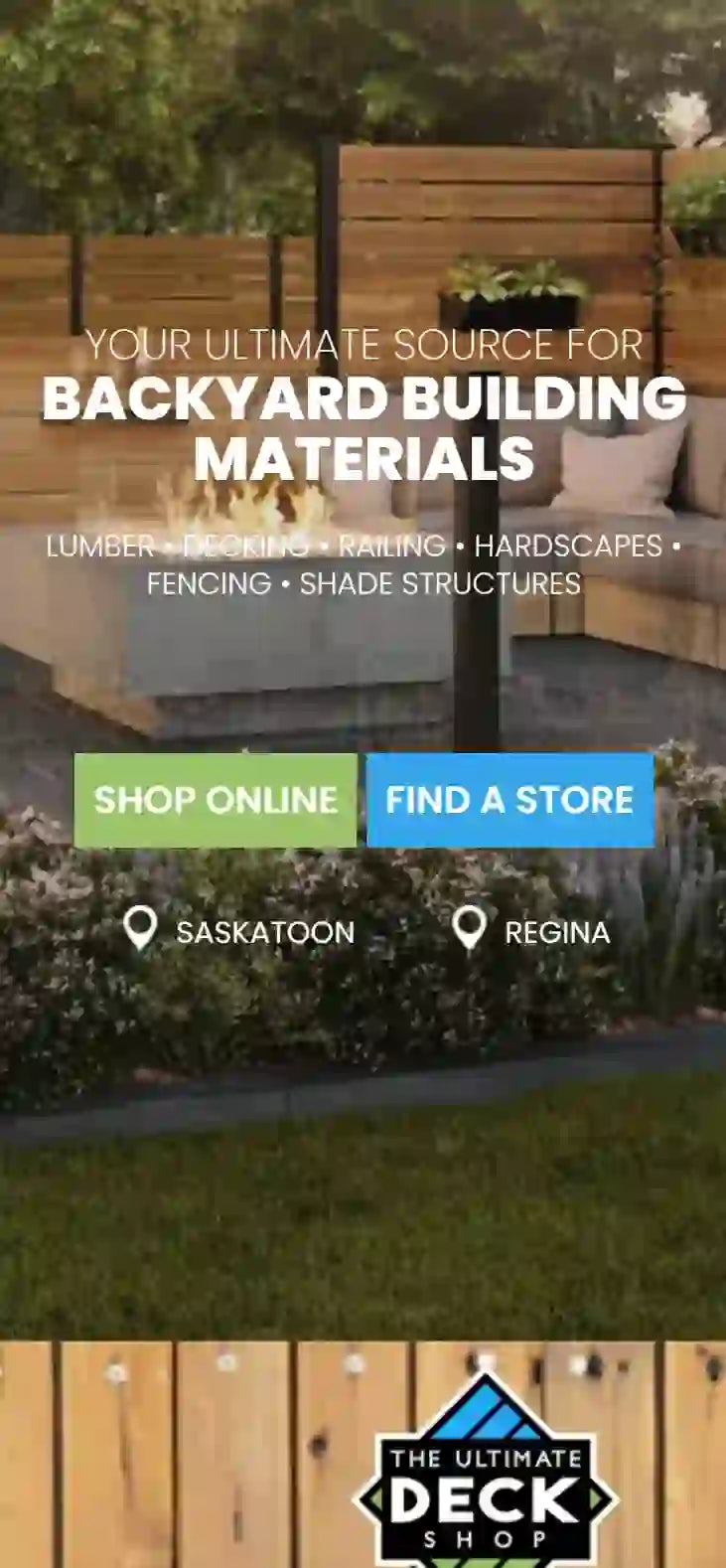In this article, we’ll guide you through each step of the process, from material selection to the final touches that will prolong the life of your fence. You'll learn which materials are best suited for your needs, how to plan the layout to maximize the efficiency of your space, and detailed installation instructions that even beginners can follow. Also, we’ll cover essential maintenance tips to ensure your fence stays in top condition for years to come. Let’s take the guesswork out of building a garden fence and start this DIY journey together.
Choosing the Right Materials for Your Garden Fence
Selecting the ideal materials for your garden fence is vital in creating a boundary that is not only visually appealing but also durable and practical for your specific needs. The choice of material should reflect both the aesthetic of your home and the functionality you require. For instance, if privacy and longevity are your top priorities, we often recommend treated wood such as cedar or redwood, which naturally resists rot and pests. Alternatively, if you're looking for minimal maintenance, materials like vinyl or composite provide excellent durability with little upkeep.
Besides the primary fence material, it's also important to consider the type of fasteners used. Opt for stainless steel or coated screws and nails that can withstand the elements without rusting or weakening over time. We also emphasize the importance of considering the local climate. For areas with more extreme weather conditions, choosing materials that can handle temperature fluctuations and moisture is crucial. This proactive selection process helps ensure that your garden fence stands strong against the elements and remains a lasting part of your landscape.
Planning Your Fence Layout: Essential Tips
Before any installation begins, carefully planning the layout of your garden fence is a step we cannot overlook. Start by assessing the total area you want to enclose and determine the most efficient path for your fence. This includes identifying any sloped areas where stepped or graded fencing might be necessary to achieve a level top line. We also recommend checking local zoning laws and homeowners’ association regulations to ensure compliance with property boundaries and height restrictions.
Mapping out where gates and openings will be placed is equally important for accessibility and functionality. Consider the daily use of your yard, the necessary access for large equipment, and how the gate’s design fits into the overall look of the fence. Placement of posts is another crucial aspect; they should be spaced consistently, usually every 6 to 8 feet, depending on the fence material and design, to ensure stability and uniformity. By taking the time to meticulously plan these factors upfront, we can ensure the installation process goes smoothly and results in a fence that not only looks great but functions efficiently for years to come.
Step-by-Step Guide to Installing Your Garden Fence
When we decide to install a garden fence, the process involves several crucial steps to ensure it's not only visually appealing but also structurally sound. We begin by marking the boundary lines carefully; this is essential for proper alignment and to avoid encroaching on any neighbouring properties. Next, we measure and plan the post locations evenly along the fence line, usually every six to eight feet, depending on the fence design and material.
The digging of post holes is another critical step. Each hole should be approximately three feet deep, or about one-third the height of the post, to secure a strong foundation that withstands various weather conditions. We use gravel at the base for drainage, followed by the placement of the post and then filling it with a specific outdoor-grade concrete mix. Once the concrete sets, we attach the rails and panels, ensuring everything is level and securely fastened. With attention to detail and proper tools, the installation process leads to a durable and stable garden fence.
Maintaining Your Fence for Longevity and Appeal
To keep our garden fence looking great and functioning well over the years, maintenance plays a key role. We start with a routine inspection, ideally twice a year, to check for any signs of damage like loose panels or posts, cracks, rot, or rust. Addressing these issues quickly prevents further deterioration, which can be more costly to fix later.
For wooden fences, we apply a water-repellent sealer annually to protect against moisture that can lead to rot and decay. We also recommend painting or staining every two to three years to safeguard the wood from UV rays and weather wear. For metal fences, it's important to treat any rust spots immediately to prevent spreading. Keeping the fence clean of debris and vegetation ensures it remains both functional and attractive, thus prolonging its life and maintaining the aesthetic of our garden space.
Conclusion
Building and maintaining a garden fence requires careful planning, diligent maintenance, and a commitment to using quality materials. By following these guidelines, we create outdoor spaces that are not only functional and beautiful but also reflect our commitment to craftsmanship and durability. At The Ultimate Deck Shop, we understand the importance of having a secure, well-built garden fence. We offer a wide range of materials and expert advice to help you achieve the best results for your fencing project. Explore our options and let our expert deck builders guide you through your next outdoor project, ensuring success from the ground up.











